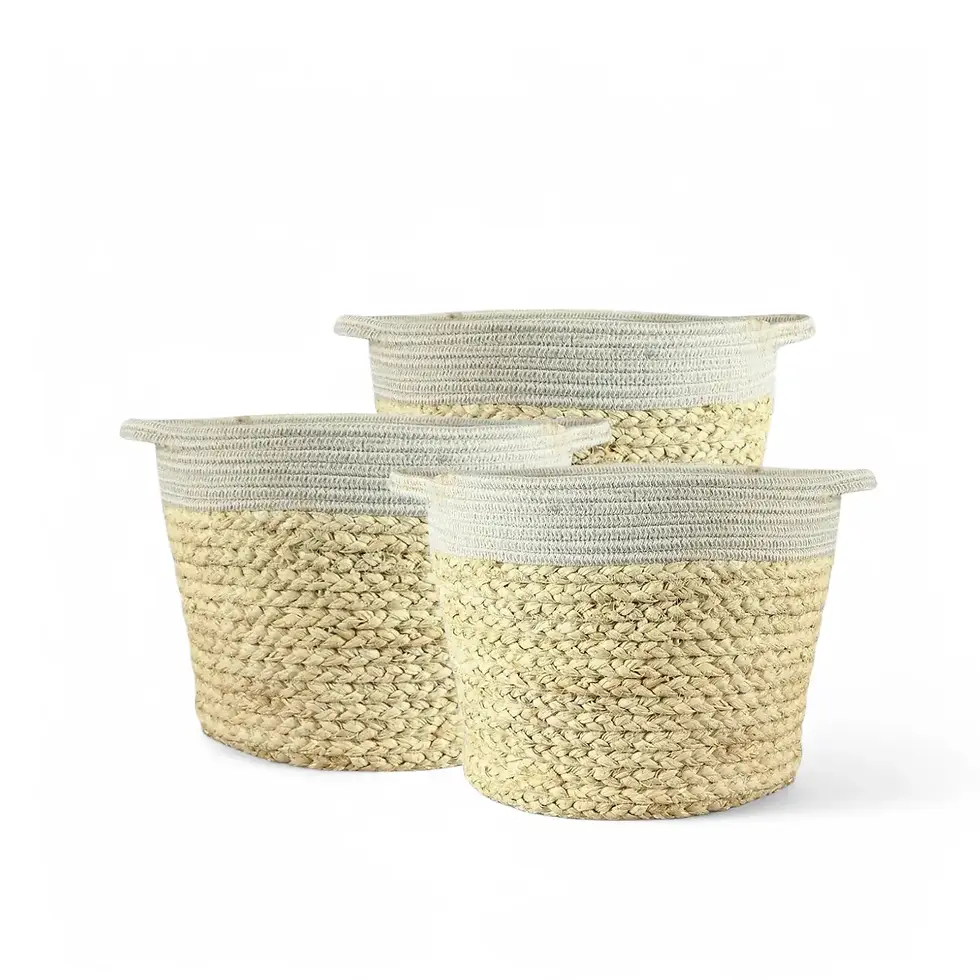Alocasia heterophylla 'Dragon's Breath' - Unique Features and Plant Care
Alocasia heterophylla 'Dragon's Breath' is a captivating tropical houseplant celebrated for its shimmering silver foliage and dramatic, arrow-shaped leaves. The intricate, deep green venation contrasts elegantly with the metallic surface, creating a scale-like effect reminiscent of a mythical dragon's armor. This rare Alocasia cultivar exudes a refined, exotic charm, making it a standout piece in any indoor greenery arrangement. Its compact growth habit makes it perfect for small spaces, while its striking appearance elevates the aesthetic of any room. If you're looking to enhance your plant collection with something truly unique, Alocasia heterophylla 'Dragon's Breath' delivers both beauty and intrigue.
Distinctive Traits of Alocasia 'Dragon's Breath'
- Exquisite Foliage: The arrow-shaped leaves feature a leathery texture and a stunning metallic sheen, with prominent green veins that enhance their dragon-scale-like appearance.
- Compact Growth Habit: Thrives in small spaces, whether displayed on shelves, tables, or as a striking floor plant. Its upright, tidy form suits modern and minimalistic interiors.
- Moderate Maintenance Needs: Despite its exotic look, it is relatively low-maintenance, making it an accessible choice for plant lovers of all experience levels.
Key Insights for Alocasia 'Dragon's Breath'
- Natural Habitat: Native to the tropical rainforests of Southeast Asia, where temperatures range between 25°C and 30°C with high humidity above 70%.
- Indoor Growth Potential: Reaches a height of approximately 50 cm to 70 cm with a spread of 30 cm to 40 cm, maintaining a compact, upright form.
- Growth Rate: Produces new leaves every few weeks during active growth periods.
- Toxicity: Contains calcium oxalate crystals, making it toxic to pets and humans if ingested.
Caring for Your Alocasia 'Dragon's Breath'
- Placement: Position in bright, indirect light. Avoid direct sunlight, which can scorch its delicate leaves.
- Light: Thrives in bright, indirect light but can tolerate medium light levels. Avoid low light, which may stunt growth.
- Watering: Keep soil consistently moist but not soggy. Water when the top 3 cm of soil feels dry.
- Humidity: Requires high humidity (above 60%). Use a humidifier or group plants together to maintain moisture levels.
- Temperature: Maintain a stable indoor temperature between 18°C and 27°C. Avoid cold drafts.
- Soil: A well-draining mix with perlite and orchid bark works best. pH should remain between 5.5 and 6.5.
- Fertilizing: Apply a balanced liquid fertilizer monthly at half strength.
- Repotting and Pot Choice: Repot every 1-2 years or when roots outgrow the container. Use a terracotta pot for better aeration.
- Propagation: Propagate through division, separating offsets during repotting.
- Semi-Hydroponics and Hydroponics: Adapts well to semi-hydro setups using inert substrates.
- Pruning: Remove yellow or damaged leaves to encourage healthy new growth.
Troubleshooting and Solutions for Common Issues
- Drooping Leaves: Caused by inconsistent watering or environmental stress. Adjust watering and stabilize humidity.
- Brown Leaf Edges: Often due to low humidity or overexposure to direct sunlight. Increase humidity and move to indirect light.
- Yellowing Leaves: A sign of overwatering or nutrient deficiencies. Check soil moisture and adjust fertilization.
- Pest Infestations: Common pests include spider mites, mealybugs, and thrips. Treat with insecticidal soap , neem oil, or use beneficial insects.
- Root Rot: Prevent by using well-draining soil and pots with drainage holes.
- Fungal Issues: Ensure good air circulation and avoid wetting leaves. Treat fungal infections with fungicides.
- Leaf Curling: Often due to low humidity or inconsistent watering. Maintain stable care conditions.
Additional Considerations
Understanding the plant’s natural habitat and mimicking these conditions can greatly enhance its growth. Prioritizing stable warmth, high humidity, and adequate light will ensure longevity and vibrancy. The plant’s upright habit may benefit from occasional support as it matures.
Etymology of Alocasia heterophylla
The genus name "Alocasia" is derived from Greek roots, referencing its unique leaf shape. The species name "heterophylla" means "different leaves," highlighting the diversity in leaf morphology. The cultivar name 'Dragon's Breath' evokes the shimmering, scale-like texture of its foliage. This plant was formally described by Austrian botanist Heinrich Wilhelm Schott in the 19th century.
Frequently Asked Questions
- How can I maintain consistent humidity? Use a humidifier or group plants together. Avoid placing near heaters or air conditioners.
- What should I do if my plant's leaves are drooping? Check for underwatering or environmental changes. Stabilize conditions and maintain consistent care.
- Is it normal for older leaves to yellow and die? Yes, older leaves may naturally yellow as the plant redirects energy to new growth.
Order Your Alocasia heterophylla 'Dragon's Breath' Today!
Transform your indoor space with the striking Alocasia heterophylla 'Dragon's Breath'. Order now and enjoy its unique, shimmering foliage and low-maintenance care!
Alocasia heterophylla 'Dragon's Breath'
Alocasia heterophylla 'Dragon's Breath' comes in following sizes:
Baby Plant – is approximately 10 cm tall and comes in a ⌀ 6 cm pot
M – is approximately 25 cm tall and comes in a ⌀ 12 cm pot























































